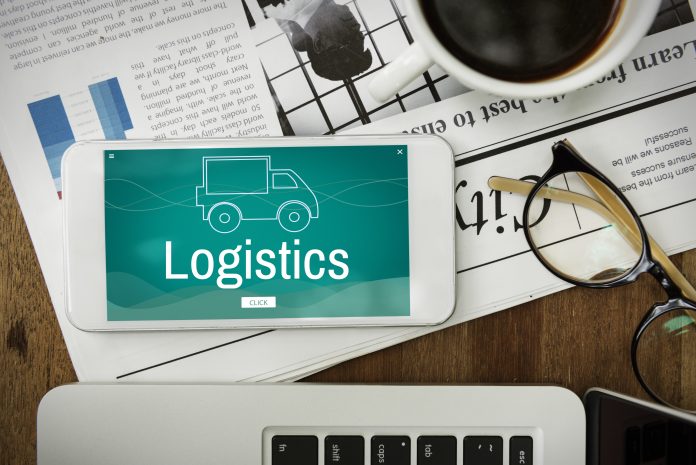Transportation has advanced in leaps and bounds, and transportation software development has moved into the spotlight. Logistics software development is a lucrative field but a complex one.
In this article, we’ll take a closer look at logistics and transportation software development and what it takes to build logistics software.
What is transportation software development?
Transportation software development refers to the creation and implementation of software solutions specifically designed for the transportation industry, including software for logistics and supply chain management, fleet management, freight management, shipping and delivery, and transportation analytics.
Companies develop logistics software to optimize their operations, improve efficiency, and reduce costs. Fleet management software is used (among other reasons) to monitor vehicle performance and maintenance, track fuel consumption, and optimize routes to reduce costs and speed up delivery times, while logistics software can be used to manage inventory, track shipments, and automate supply chain processes.
In addition to improving efficiency, transportation software can also assist companies with meeting regulatory requirements and improving safety.
Transportation analytics software can be used to analyze data from vehicles and drivers to identify areas where safety can be improved and to monitor compliance with regulations.
Steps to build transportation software
When you start a transportation software project, the execution can vary depending on the specifics. In general, you follow these simple steps:
Define project scope
Start by defining the project scope. This involves identifying the specific business requirements, goals, and objectives that the logistics software will need to address.
Develop software architecture
Next, the software architecture is designed, which involves defining the system’s components, their relationships, and how they will interact with each other. This step helps to identify potential issues early in the development process.
Build and test the software.
The software development team then builds and tests the software, using both manual and automated testing methods to ensure that it functions as intended and is free of bugs and errors.
Implement the software
Once the software has been thoroughly checked and approved, it’s integrated with other systems and data sources, like order management and inventory systems, to ensure that the entire supply chain is optimized.
Monitor and refine
After the software has been implemented, you have to monitor its performance and refine it as needed. This involves collecting data on how the software is being used, identifying areas for improvement, and making adjustments to the system to optimize its performance. Any issues that arise should be addressed and fixed immediately.
Provide ongoing support
The project doesn’t end there. The logistics software development team should provide support on an ongoing basis to ensure that the system continues to function properly and address any issues that arise.
Best Practices and Tips
Starting your first project? Here are a few things you need to bear in mind:
- Make sure that you understand the business requirements and user needs before you get started. This involves gathering information from stakeholders, conducting user research, and working with the agency or team to confirm the scope.
- Once the requirements are defined, the software architecture must ensure that the system is scalable, maintainable, and efficient. Create a detailed plan for the architecture of the software, including how the components of the system will interact with each other.
- Prioritize user experience! The user experience should be considered a top priority in transportation software development. The software should be intuitive, with a clear interface that enables everyone that uses it to complete their tasks quickly, easily, and efficiently.
- Transportation software should handle sensitive information such as customer data, credit card info, and proprietary business information. Security measures must be implemented to secure this data from unauthorized access.
- Automation can be used to optimize transportation operations, such as routing, scheduling, and tracking. You can reduce costs and improve efficiency, as well as reduce the risk of errors, by automating repetitive tasks.
- Transportation software should be tested rigorously to ensure that it works exactly as intended and is free of errors. This includes both manual and automated testing, as well as testing under real-world conditions.
Transportation software development is on everyone’s agenda. By following these steps and tips, you can launch a project that will be efficient and profitable.







